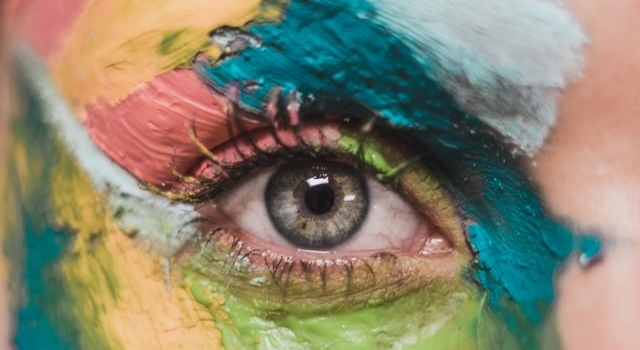
Eye Care in Tesla City, Tesla State
What is Keratitis?
Keratitis is an inflammation of the cornea (the clear outer covering of the eye). There are two types: infectious keratitis and non-infectious keratitis.
Though there are many fun aspects to Halloween, it can rapidly become scary if things go awry, especially when it affects your eye health. Halloween eye makeup, decorative contact lenses, shared eyewear or makeup, and the use of glitters can all potentially increase the risk of eye infections and unpleasant ocular conditions. So what is keratitis and what steps can you take to keep it from ruining your Halloween fun?
Infectious keratitis can be caused by a virus, fungus, bacteria, or parasites, and can only be treated with medication.
Non-infectious keratitis is usually caused by an eye injury, a foreign substance stuck in the eye, or wearing contact lenses longer than the recommended wear time.
What Are the Symptoms of Keratitis?
Signs and symptoms of keratitis include:
- Eye redness
- Eye pain
- Excessive tearing or eye discharge
- Blurred vision
- Light sensitivity
- Difficulty or inability to open the eye
- Decreased vision or temporary blindness
- The feeling that something is stuck in your eye
If any of these feel familiar, promptly contact Dr. Tesla for immediate treatment.
So How Exactly Is Keratitis Treated?
Keratitis should be diagnosed and treated as soon as possible. Any delay in treating the condition can lead to complications — even blindness.
The first step is going to your eye doctor for a comprehensive eye exam and getting an accurate diagnosis. Once keratitis is diagnosed, Dr. Tesla will get to the root of the problem, determine the exact cause, and will provide treatment accordingly.
Mild non-infectious keratitis is generally treated with artificial tear drops to soothe any ocular discomfort until it heals. More severe cases of non-infectious keratitis can be treated with an eye patch and topical eye medications.
Infectious keratitis, on the other hand, is treated with antibacterial, antiviral, or antifungal eye drops, depending on the type of infection.
What Steps Can I Take to Prevent Keratitis?
We cannot emphasize it enough: to prevent complications, always maintain strict ocular hygiene.
- Always wash and dry your hands thoroughly before handling your contact lenses
- Replace your contacts at the recommended time
- Replace your lens case every 3 to 6 months
- Don’t swim or shower with contacts on
- Switch to daily disposable contacts if you're prone to eye infections
- Avoid touching your eyes if you have an outbreak of cold sores/herpes, unless you’ve thoroughly washed your hands
- Only use eye drops suggested or prescribed by your eye doctor and check when they need to be discarded.
While we certainly want our patients to enjoy themselves and have fun this Halloween, at Tesla Practice we care about eye safety while partaking in good-spirited fun.
Contact Tesla Practice with any further questions or to schedule your eye exam.
REFERENCES -Keratitis